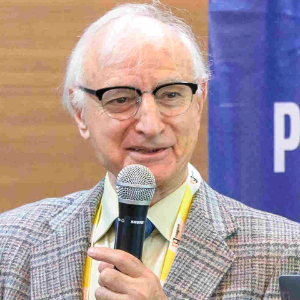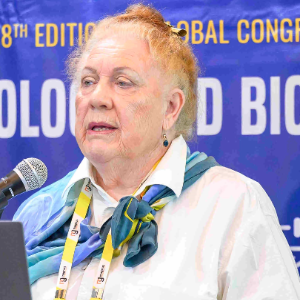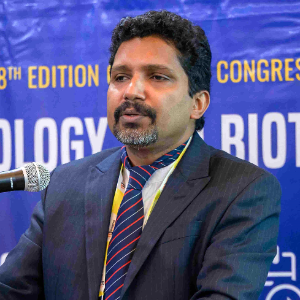Photosystem Analysis
Photosystem analysis is vital for understanding the efficiency of photosynthesis in plants, which is critical for agricultural productivity. The photosystems, primarily Photosystem I and Photosystem II, play crucial roles in converting light energy into chemical energy. Analyzing the structure, function, and dynamics of these photosystems provides insights into the mechanisms of light absorption and electron transport. Techniques such as chlorophyll fluorescence and electron microscopy are employed to investigate the performance of photosystems under varying environmental conditions. Enhancing the efficiency of photosynthesis through molecular breeding or genetic engineering could significantly boost crop yields, contributing to food security in a growing global population.

Mohammad Babadoost
University of Illinois, United States
Mary Cole
The University of Melbourne, Australia
Edgar Omar Rueda Puente
Universidad de Sonora, Mexico
P E Rajasekharan
ICAR-IIHR, India
Rameshkumar K B
Jawaharlal Nehru Tropical Botanic Garden and Research Institute, India
Selina Sterup Moore
Aarhus University, Denmark


Title : Exploring the genetic diversity in tannin-rich forages to explain the large intra species variability in tannin content
Selina Sterup Moore, Aarhus University, Denmark
Title : Isolation and functional properties of biomolecules of plants and its application
Balagopalan Unni, GEMS Arts & Science College (Autonomous), India
Title : Primed for the future: PGPR and the promise of sustainable, heritable crop resilience
Prashant Singh, Banaras Hindu University (BHU), India
Title : Revealing allelic variations in candidate genes associated with grain yield under salinity stress between two contrasting rice genotypes
Nisha Sulari Kottearachchi, Wayamba University of Sri Lanka, Sri Lanka
Title : Adaptive strategies of Aristida L. species across ecological zones of Pakistan: Linking soil characteristics with morphological and physiological traits
Iram Ijaz, University of Agriculture Faisalabad Pakistan, Pakistan
Title : Ethnobotanical survey and abundance of weeds in selected Manihot esculenta (cassava) Crantz farms in Osun state, Nigeria
Dada Caleb Mayokun, University of Ibadan, Nigeria